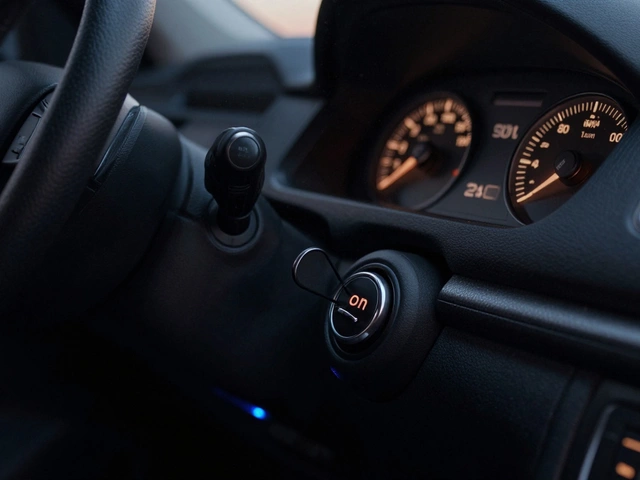5W30 Oil: What It Is, Why It Matters, and What Your Car Really Needs
When you see 5W30, a common engine oil viscosity grade used in modern petrol and diesel engines. Also known as 5W-30, it tells you how thick or thin the oil flows at different temperatures. It’s not just a number on a bottle—it’s the difference between your engine running smoothly or struggling under stress. If your owner’s manual says 5W30, that’s not a suggestion. It’s the sweet spot designed to protect your engine in cold starts and hot highway runs.
Oil viscosity is all about balance. The "5W" part means it flows like a thin oil when it’s cold—so your engine gets lubrication fast on a winter morning. The "30" means it thickens enough at operating temperature to protect moving parts under pressure. Too thin, and metal grinds against metal. Too thick, and your engine fights to pump it, wasting fuel and power. Synthetic oil, a high-performance lubricant made from chemically engineered molecules is often the base for 5W30 because it holds its viscosity better over time and extreme heat than regular oil. That’s why most cars made after 2010 recommend it. You’ll find 5W30 used in everything from family sedans to small SUVs, especially where fuel economy and quick cold starts matter.
Using the wrong oil can hurt your engine silently. If you put 10W40 in a car that needs 5W30, you might not notice right away. But over time, the thicker oil won’t reach critical parts fast enough during startup, leading to extra wear. Swap in 0W20 when you need 5W30? Your engine might run a bit more efficiently, but it could break down sooner under heavy loads. Engine protection, the ability of oil to prevent friction, heat buildup, and sludge formation depends on matching the right viscosity to your engine’s design. Skipping oil changes? That’s even worse. Old 5W30 turns to sludge, loses its grip on metal, and leaves your engine exposed. That’s why checking your oil level and change intervals matters more than ever.
Most of the posts here focus on what keeps your car running—oil levels, radiator health, fuel pumps, brakes. But none of that matters if your engine isn’t properly lubricated. You can fix a bad shock absorber or replace a radiator, but engine damage from wrong oil? That’s expensive. Whether you’re checking your dipstick, wondering why your car won’t start in the cold, or debating whether to switch to synthetic, the answer often starts with 5W30. Below, you’ll find real guides on oil changes, engine wear, and what happens when you ignore maintenance. No theory. No guesswork. Just what you need to know to keep your car alive.





